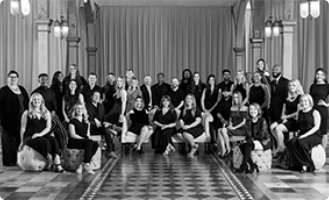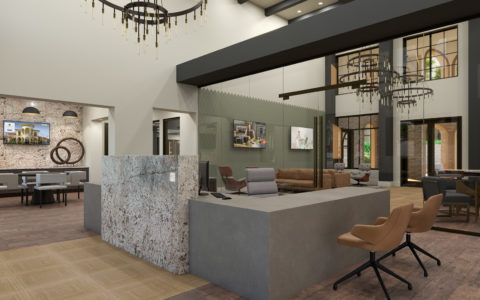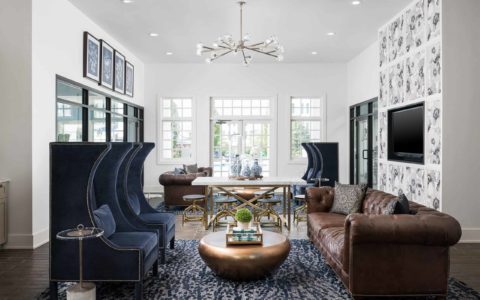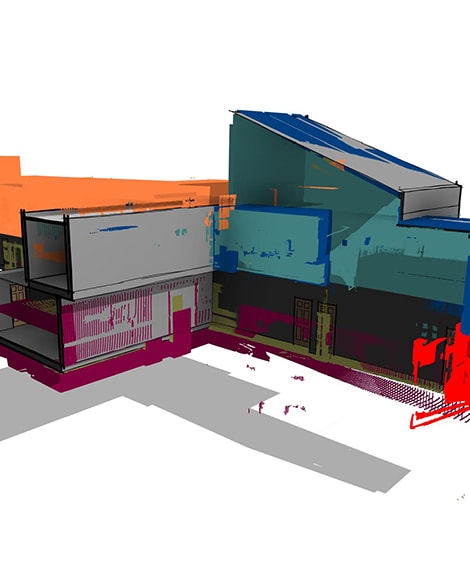Our Vice President of Interior Design and Architecture, Darla Dillon, recently spoke with Green Home Builder Magazine to share three building design trends to watch for when designing spaces for millennials and baby boomers. Read the full contribution below or the original article here.
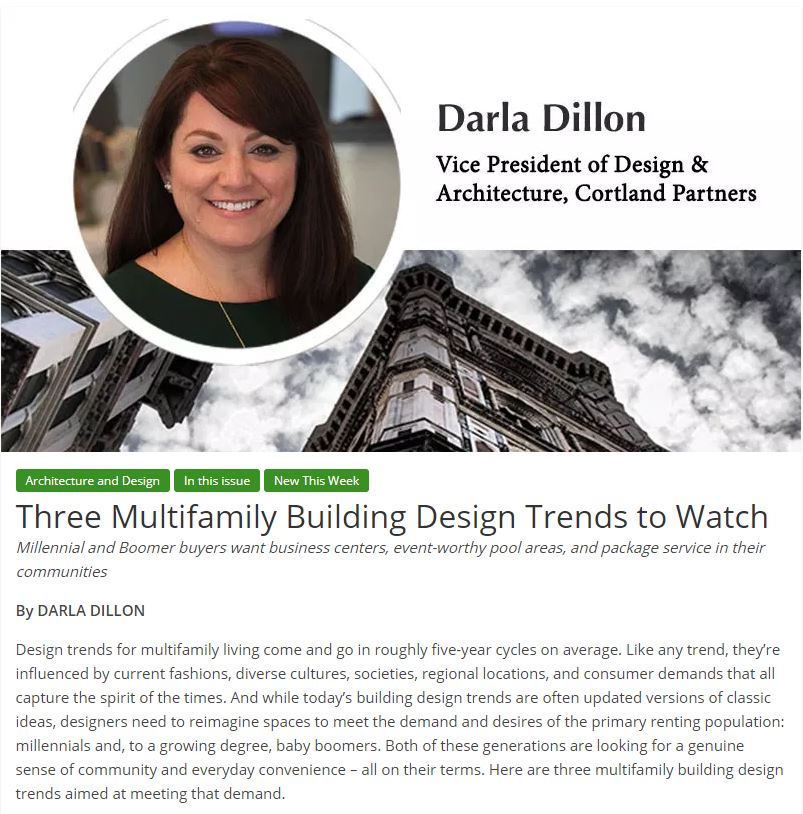
Design trends for multifamily living come and go in roughly five-year cycles on average. Like any trend, they’re influenced by current fashions, diverse cultures, societies, regional locations, and consumer demands that all capture the spirit of the times. And while today’s building design trends are often updated versions of classic ideas, designers need to reimagine spaces to meet the demand and desires of the primary renting population: millennials and, to a growing degree, baby boomers. Both of these generations are looking for a genuine sense of community and everyday convenience – all on their terms. Here are three multifamily building design trends aimed at meeting that demand.
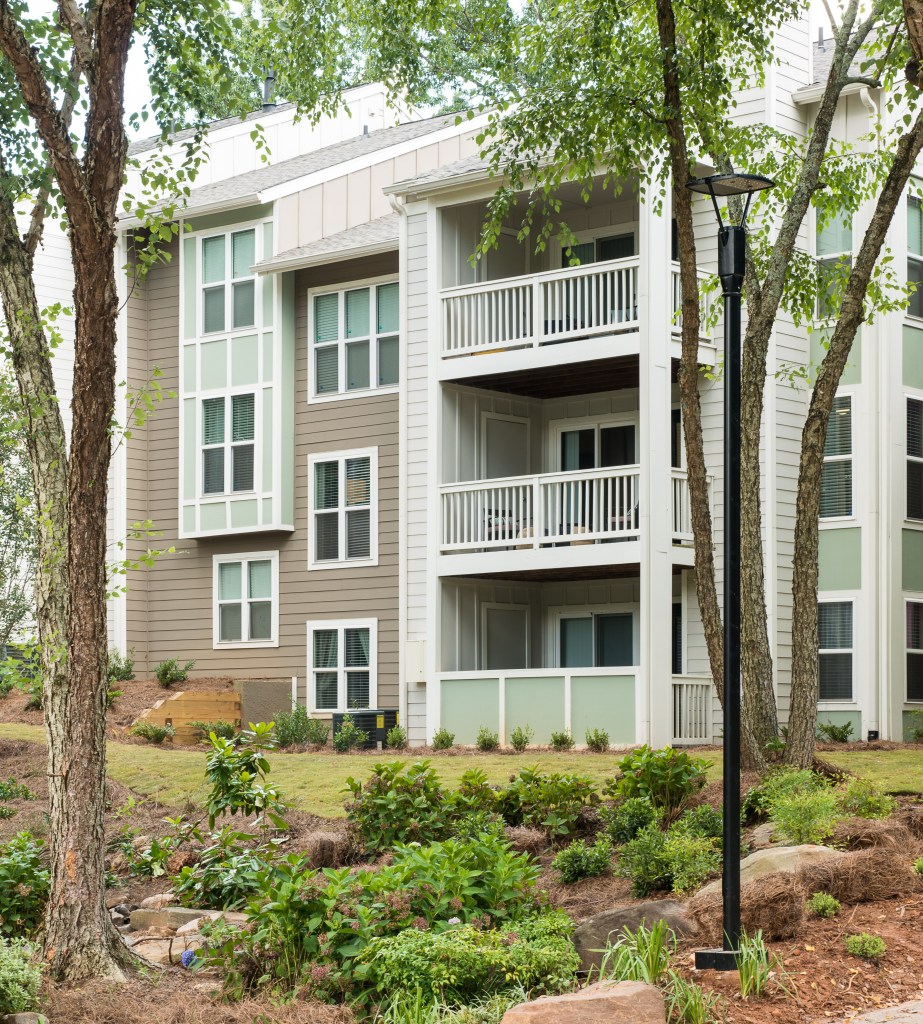
The business center meets co-working
Remember the “business center” spaces apartment communities began adding decades ago? They’re back, and they’re better than ever. Multifamily developers are adding communal spaces that resemble a WeWorks location. These are co-working spaces with office space for rent and available to both residents and the community at large, particularly attracting startups and freelancers. Features like televisions throughout the space and common social and conferencing areas allow professionals to display their business information, making networking much easier. These spaces also include printing service areas where paperwork and shipping are made easy. And for residents, you can’t ask for a better commute.
The pool meets event central
Pools with inviting indoor/outdoor spaces have long been amenities that developers have used to attract residents. But today’s renters, particularly millennials, want to socialize when they’re done with work. They demand and expect resort-style pools with outdoor games, beer or wine on tap, televisions for video-game playing, and DJs on the weekends. For boomers, it’s more about the outdoor kitchen, happy hour, and group events. And they all want double loungers and furniture that can be put on sun shelves in the pool. Multifamily developers now put more effort, money, and design consideration into pools and versatile indoor/outdoor spaces. They’re taking into account how much interaction residents want and how much time they plan to spend there and designing the spaces accordingly.
Targeted amenities meet pets and packages
Having an on-site car-washing station used to be a big sell for multifamily communities. Today, residents are asking for dog-washing stations. The good news is that dog-washing stations are an easy amenity to add because they don’t take up a lot of space. Multifamily owners need only find the space, tile, and water source. In the age of Amazon, residents have also created a big demand for package lockers, so their shipped consumer goods are in a secure location and they can pick them up at their convenience. Here’s how these lockers work: when the delivery company drops off the package, the package locker system sends the recipient a text letting them know the package has arrived, which locker it occupies, and a code to unlock the locker to get their package. But these package rooms also need to be decked out with style so they don’t look or feel like just a room full of lockers. Designers have an opportunity not only to custom build the lockers in millwork, but also to create an inviting space for residents to hang out, sort mail, recycle boxes, or catch up on community events.
There will always be newer, smarter, greener ways to design as well – and smart homes and green living options are always part of the forward-thinking conversation. But at the end of the day, designers should design based on region, demand, and, most importantly, the experience they want a space to create. Multifamily amenities get recreated and improved upon all the time – but the experiences had and memories made in these spaces will be the legacy designers ultimately leave behind.




